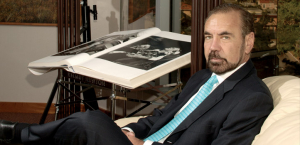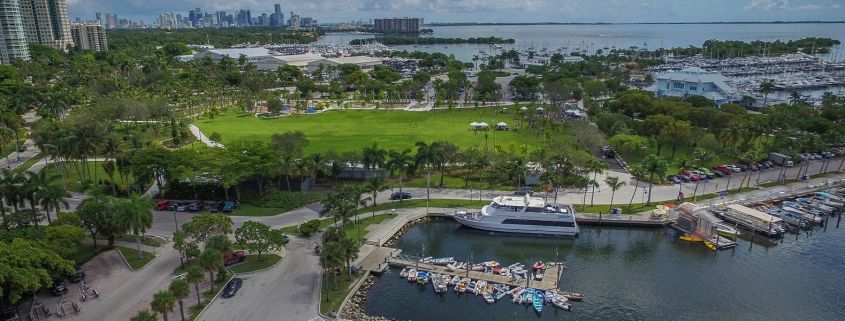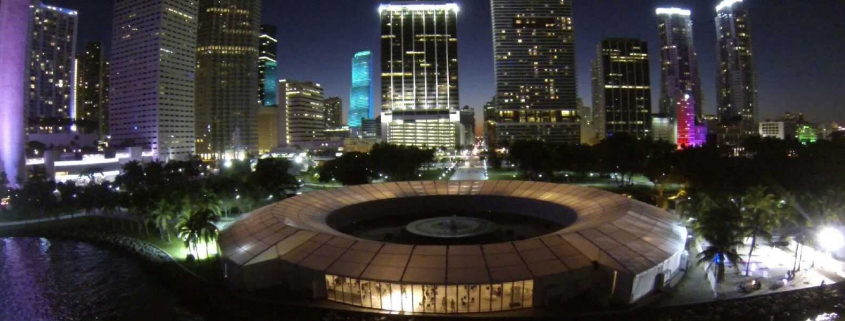Miami billionaire Jorge Perez says an end to a U.S. economic embargo on Cuba could help turn Havana into a mecca for real estate investment.

Jorge Perez oversees a global condo empire with $20 billion in assets as chairman of Related Group
Perez, who was born in Argentina to Cuban parents, oversees a global condo empire with $20 billion in assets as chairman of Related Group.
The U.S. Agriculture Coalition for Cuba, with more than 25 companies and farm trade associations, was created yesterday in Washington to urge repeal of a 1996 law that placed permanent sanctions on Cuba after Fidel Castro seized power in a communist revolution.
In an interview at his Miami office, Perez said he favors a lifting of the embargo even after Cuban exile groups organized protests in Miami’s Little Havana neighborhood last month to oppose President Barack Obama’s easing of restrictions in place for more than 50 years. “We should’ve opened our eyes a long time ago,” the 65- year-old said. “Opening up trade and the exchange of ideas would further the democratization of Cuba. Demand for second homes will be much bigger than the Bahamas, Puerto Rico or Dominican Republic.”
Obama’s move to end a half century-long estrangement with Cuba raises the prospect that American developers and hotel operators such as Marriott International Inc. and Hilton Worldwide Holdings Inc. may be able to enter the tourism-rich market only 90 miles (145 kilometers) from Florida’s coast. They face a long road of navigating a region with unclear property laws and government control, making it probable they will proceed with caution, Perez said.
Joint Ventures
Tourist arrivals to Cuba rose almost 12 percent year-over- year in October to 187,311 visitors, according to the Cuban National Statistics Office. About 2.9 million tourists visited the island in 2013, almost a third of them from Canada. The second-most visited Caribbean country behind the Dominican Republic, Cuba has about 200 hotels with at least 35,000 hotel rooms, according to Jones Lang LaSalle Inc.’s hotel group.
Perez said he visited the island two years ago, taking a charter flight after he wasn’t able to obtain a U.S. permit to fly his private plane. If an opening occurs, Perez said he’d be interested in creating joint ventures with Cuban companies to help cultivate an entrepreneurial class, teach people how to operate in a free market economy, and encourage them to keep income from the projects in Cuba to help the country grow. He’s also interested in getting involved in the restoration of historic Havana.
‘Condo King’
Perez crashed with the rest of real estate market in 2008. He regained his crown as Florida’s “Condo King” by building new projects with 50 percent deposits from foreign buyers. The Miami Art Museum was recast as the Perez Art Museum Miami before its opening last year after he pledged $35 million in cash and art.
Inside his office, Perez has a coffee mug stamped with Bill Clinton’s name and a photo of him standing next to Obama. Most of the campaign donations Perez and Related Group made in 2012 and 2014 elections went to campaigns of Democratic party members, according to OpenSecrets.org.
Obama last month used the limited flexibility allowed by the law to ease travel, trade and finance with Cuba. Still, the economic embargo, in place since the early 1960s, needs congressional action to remove the restraints. “I don’t think that Raul Castro is going to wake up tomorrow and call free, general elections,” he said. “The lifting of the embargo is going to be a fight, though not impossible. A lot of the farm states are clamoring to lift this thing so we can sell products to Cuba. You’re going to get a lot of economic pressure.”
Source: Financial Advisor Magazine







